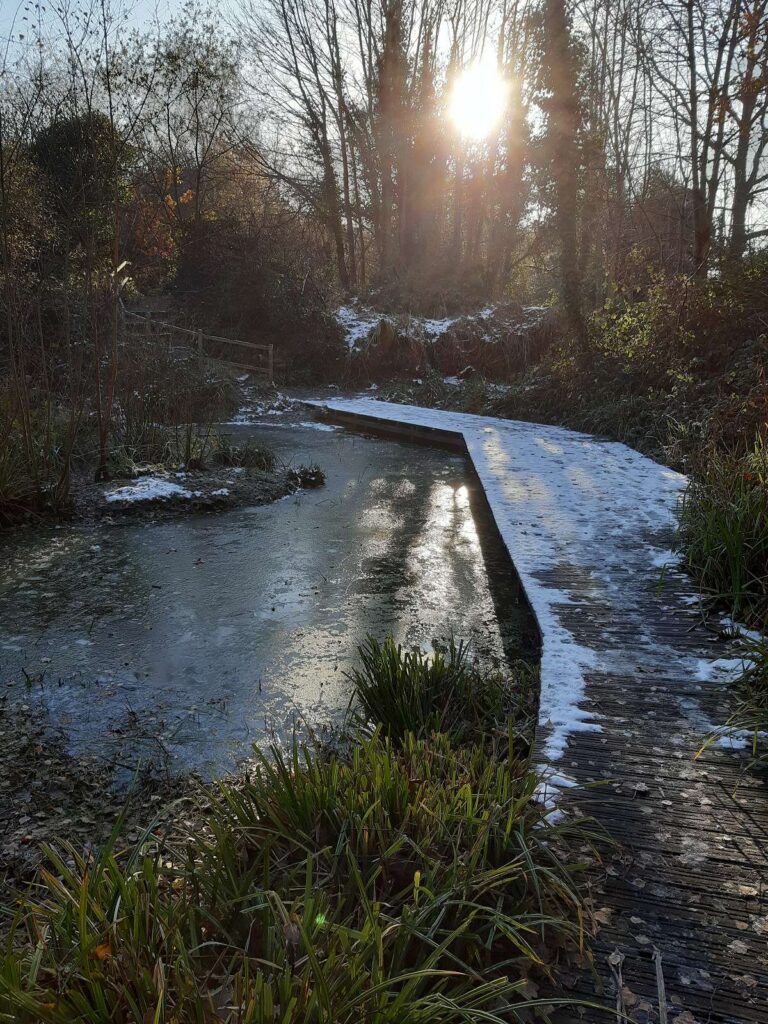
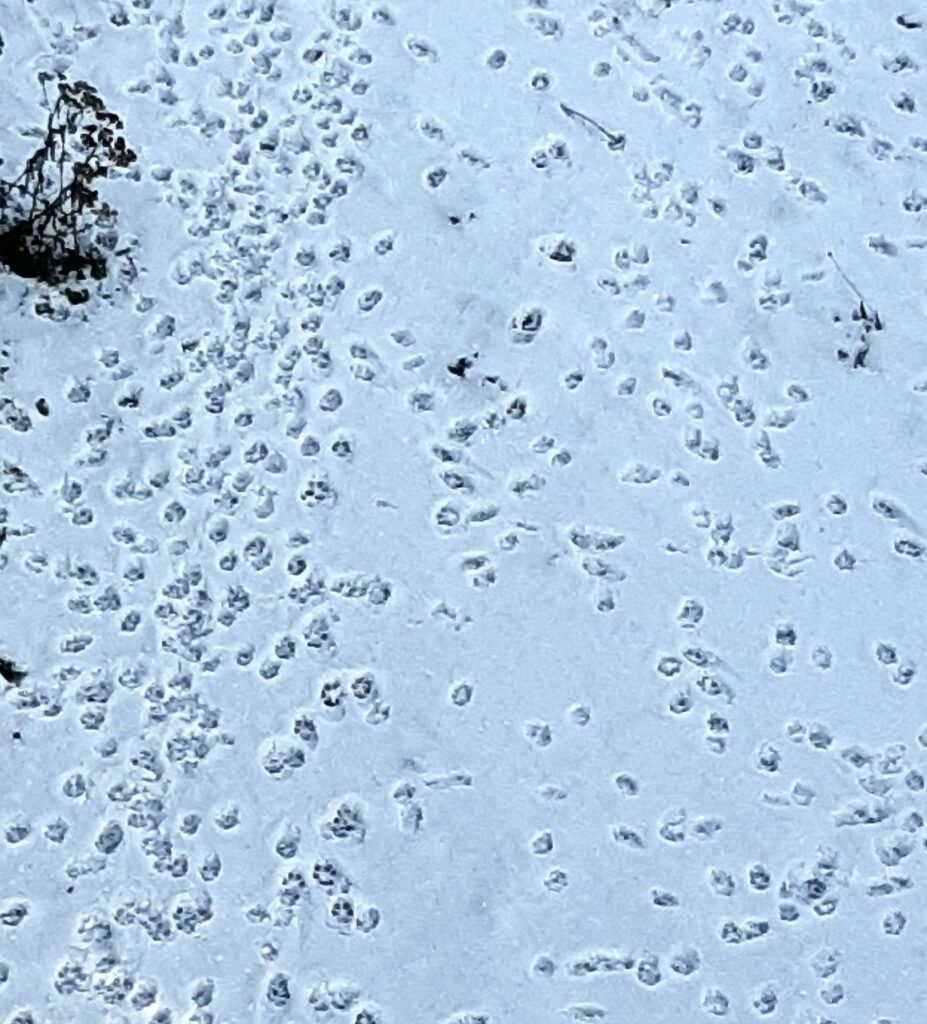


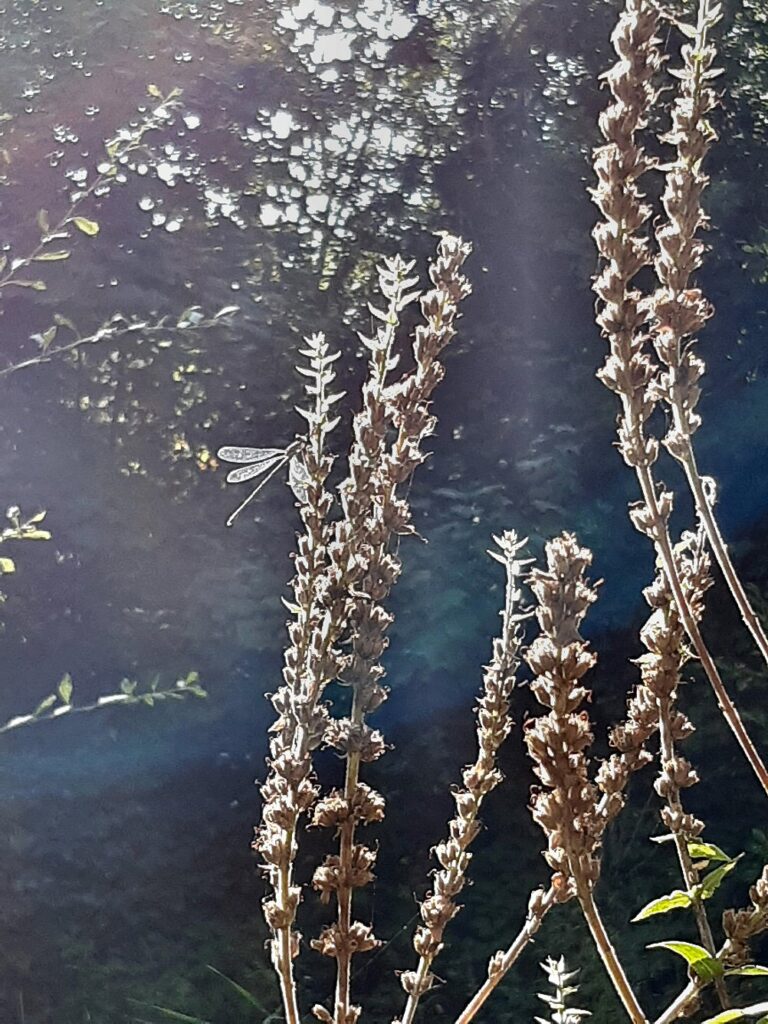
Amidst the returning crisis of Covid and the chaotic responses to it, I felt it was time to go and sit quietly and enjoy a little Nature, just as it was.
A Grey Squirrel looked up from the path below the bench where I was headed, and lolloped off. There were several little holes where it must have been hiding or retrieving nuts in its boom-and-bust economy – surplus one moment when a tree’s fruits ripen all at once, famine when nothing is ripe a while later.
The afternoon was warm and sunny at 24 Celsius, and it was very pleasantly quiet. I sat cross-legged — in half-lotus, halfway to meditation maybe — on the bench by the pond and watched.
A Willow Emerald Damselfly (aka Willow Spreadwing, a good name as it’s one of the few damselflies that perches with its wings open like a dragonfly) came and rested on a dry Purple Loosestrife flower-spike. It had a good viewpoint above the little open water remaining in the pond, and clear air all around. Soon I could see why: it chased off a fly that came close, and returned to its perch: clearly it was a territorial male. A moment later, a rival Willow Emerald flew by, and the two of them dashed and spiralled up and across the pond until the rival gave up and fled. The victor returned to another stalk nearby.
Meanwhile, several Magpies squawked and chattered, actually quite Jay-like in their calls though with more chattering conversation. They kept this up more or less continually.
A Wren hopped about in the Willows on the little island, presumably catching insects, and then whirred, its little tail still cocked, across past my shoulder into the brambles. Some Wren warning-chatter came out of the bramble thicket behind me.
At the top of the Willows on the island, a cloud of non-biting Midges clustered in their cheerful display flight, backlit by the sunshine. Lower down, bees and hoverflies whirred about, apparently finding something sweet worth visiting; perhaps drops of sticky half-dried sap excreted by aphids, as there were no flowers up there.
A Red Admiral Butterfly, an occasional visitor here, flapped gracefully past. A Speckled Wood Butterfly, very territorial, perched on the bench beside me, then angled its wings in three steps closer and closer to the angle of the sun, camouflaging itself by choosing the smallest possible shadow. It’s the same reason soldiers drape nets to stretch away from their equipment, to hide the telltale shadow (as well as to break up any recognisable outline).
Down by the water, something large stirred. A Red Fox slinked silently up the bank, no more than three metres from my seat, and vanished into the Wet Woodland.
I unfolded my legs gently. I suppose half an hour had passed: something interesting had been happening every moment.

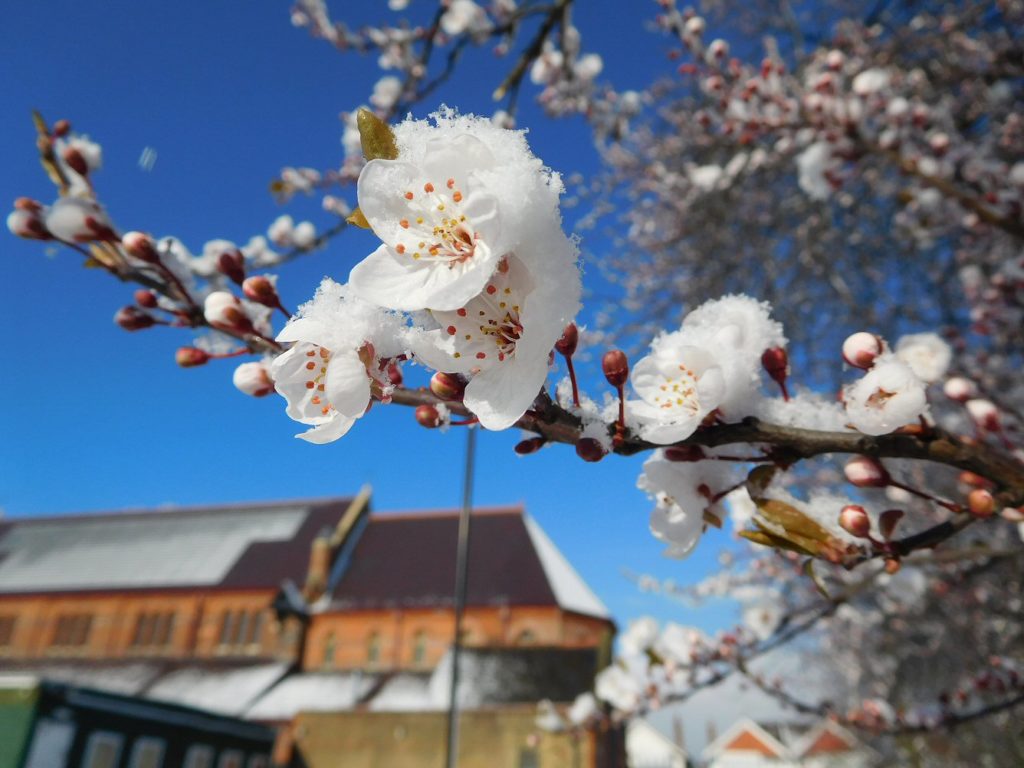
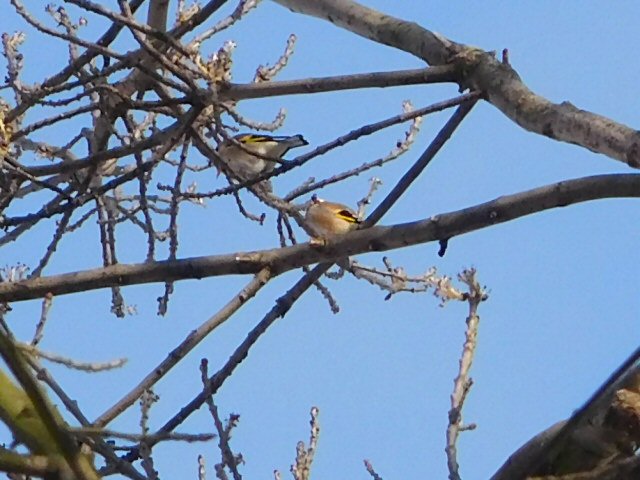
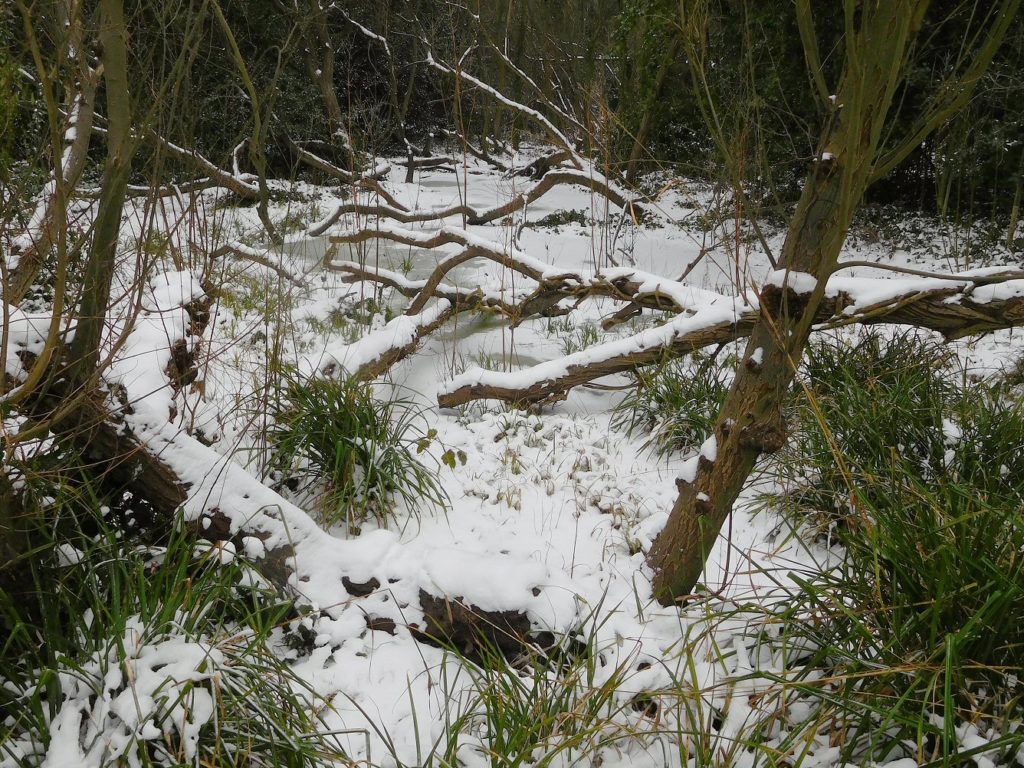
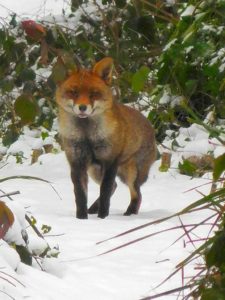
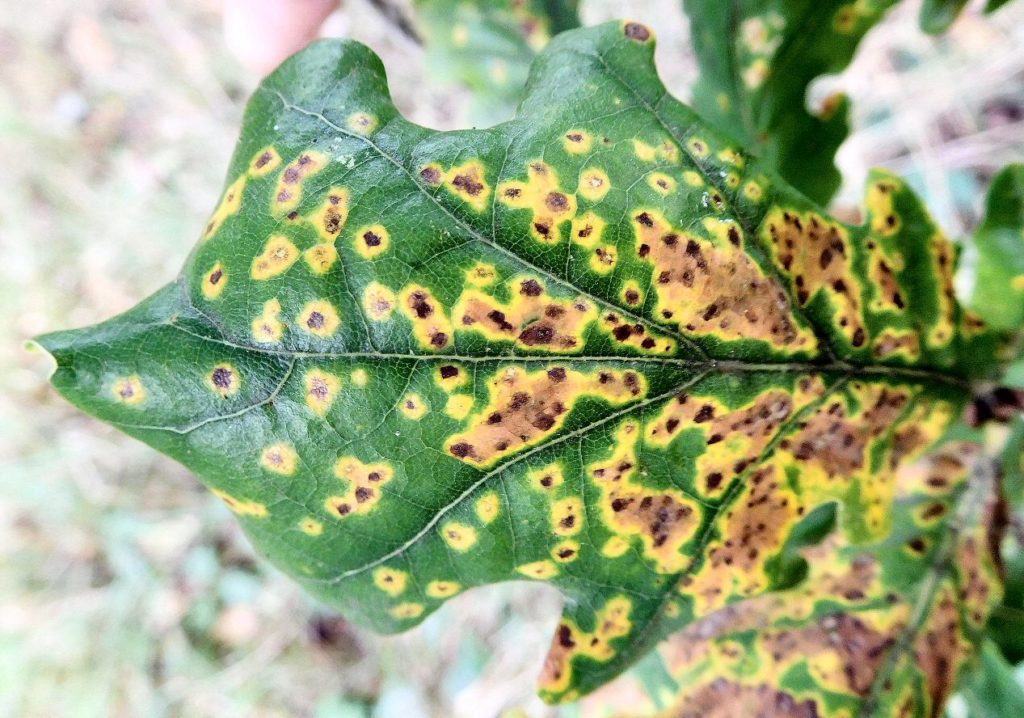
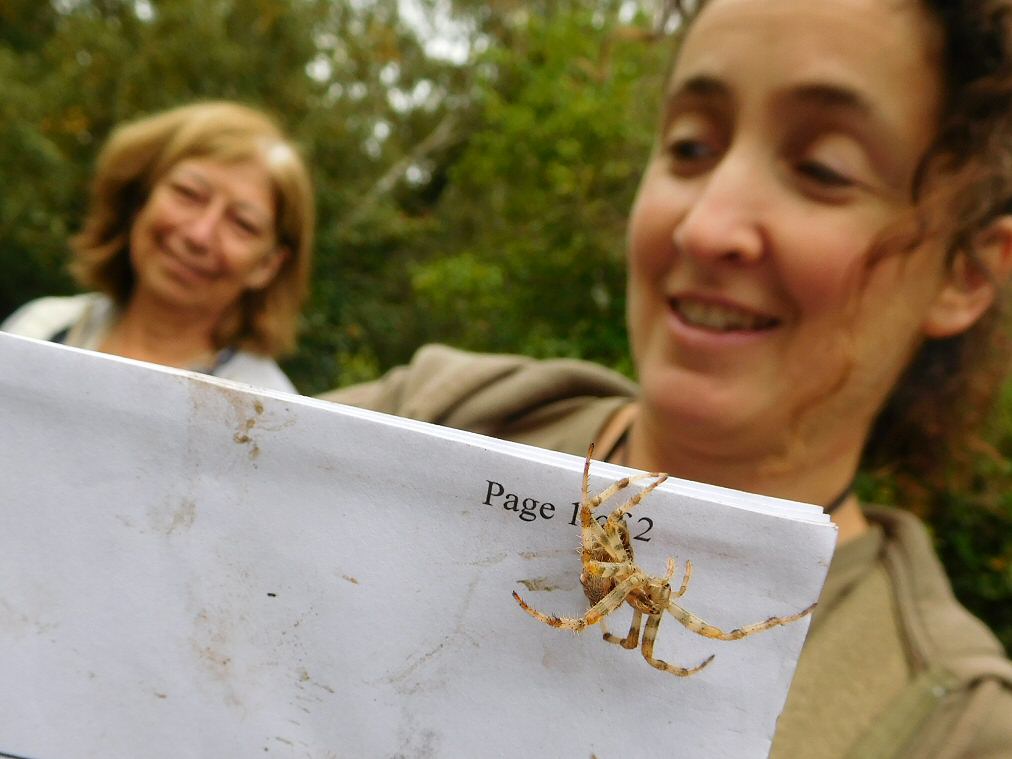
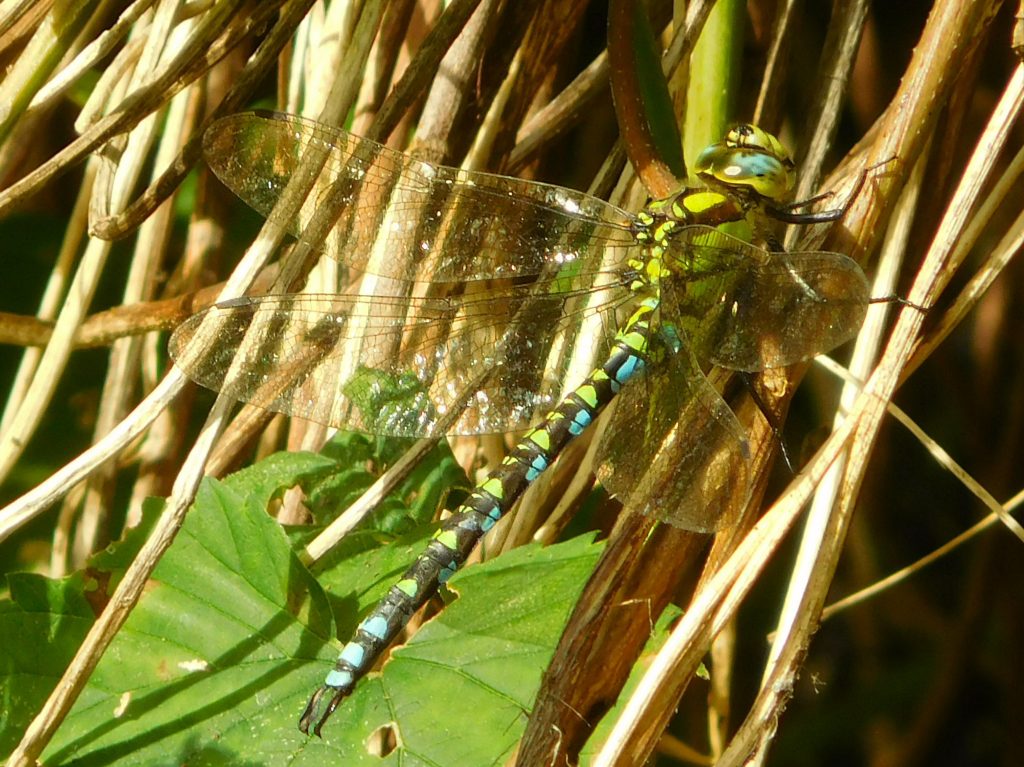
We also saw Fly Agaric, Trooping Funnel, Collared Earthstar, and Deceiver.
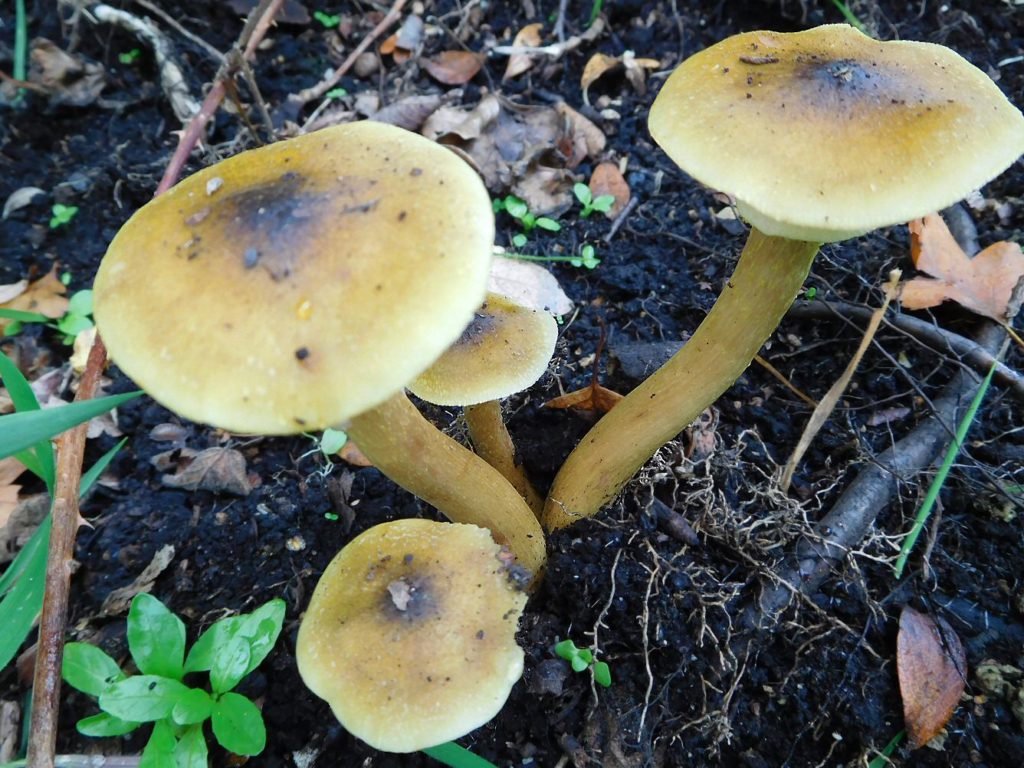
Everyone who has ever owned an Apple tree knows the problem. Monday: Apple Pie. Tuesday: Stewed Apple. Wednesday: Oh, Stewed Apple again, no time for baking. Thursday: Apple Crumble. Friday: Stewed Apple. Saturday: Freeze some stewed apple. Sunday: Roast Pork with Apple Sauce. And so on with Apple Charlotte, Apple Cake, Roast Chicken with Apple Sauce, etc.
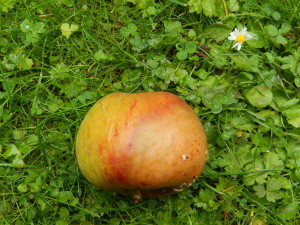
Yes, it’s windfall time. The wind, and the accursed Codling Moth, ensure a steady supply of apples on the lawn. They look warm and welcoming on an autumnal morning. The only thing is…
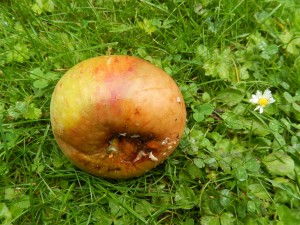
that when you get up close to them, or pick them up, they’re invariably half rotten, split, covered in little black holes, already home to a nest of woodlice nibbling away at the underside, already being gouged by little brown slugs, or, as I said, already burrowed with a sticky widening tube of disgusting black frass left “behind” by a Codling Moth caterpillar, possibly the least attractive member of the Lepidoptera known to man. Oh, and there are one or two bearing the unmistakable canine toothmarks of a young fox that is trying out everything from eggshells — well worth picking up from the compost heap to crunch up on the lawn and lick to extract any little traces of protein before leaving the fragments all over the grass — to sour green apples, yelp, won’t bite those again.
So, it’s back to the kitchen with a handful or two of newly fallen apples, to be washed, peeled, and carefully cut up so as to leave the assorted inhabitants and their detritus … behind.

OK, you see a blizzard of feathers, the entire mortal remains of a Wood Pigeon that once proudly flew the woods, jauntily sailing away from a mere human. Who did it – Sparrowhawk or Fox? You might think it impossible, given that both eat most of their quarry, leaving little but bloodied feathers.
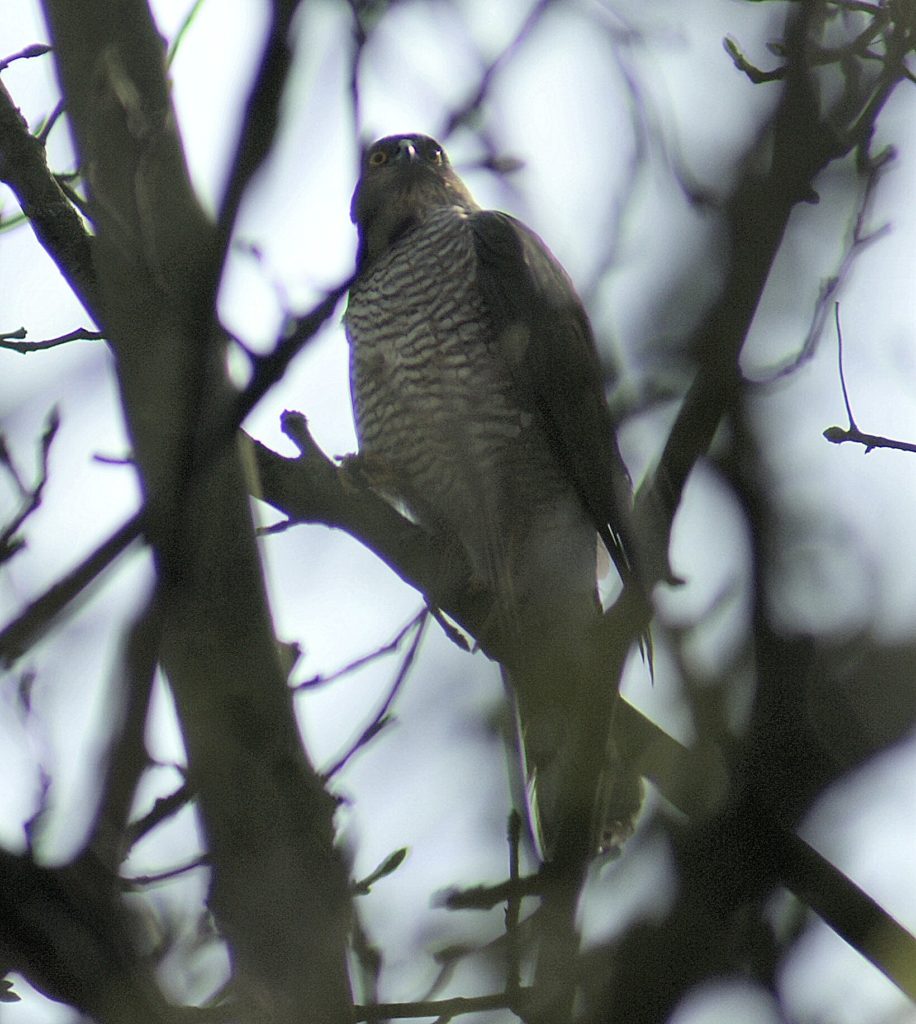
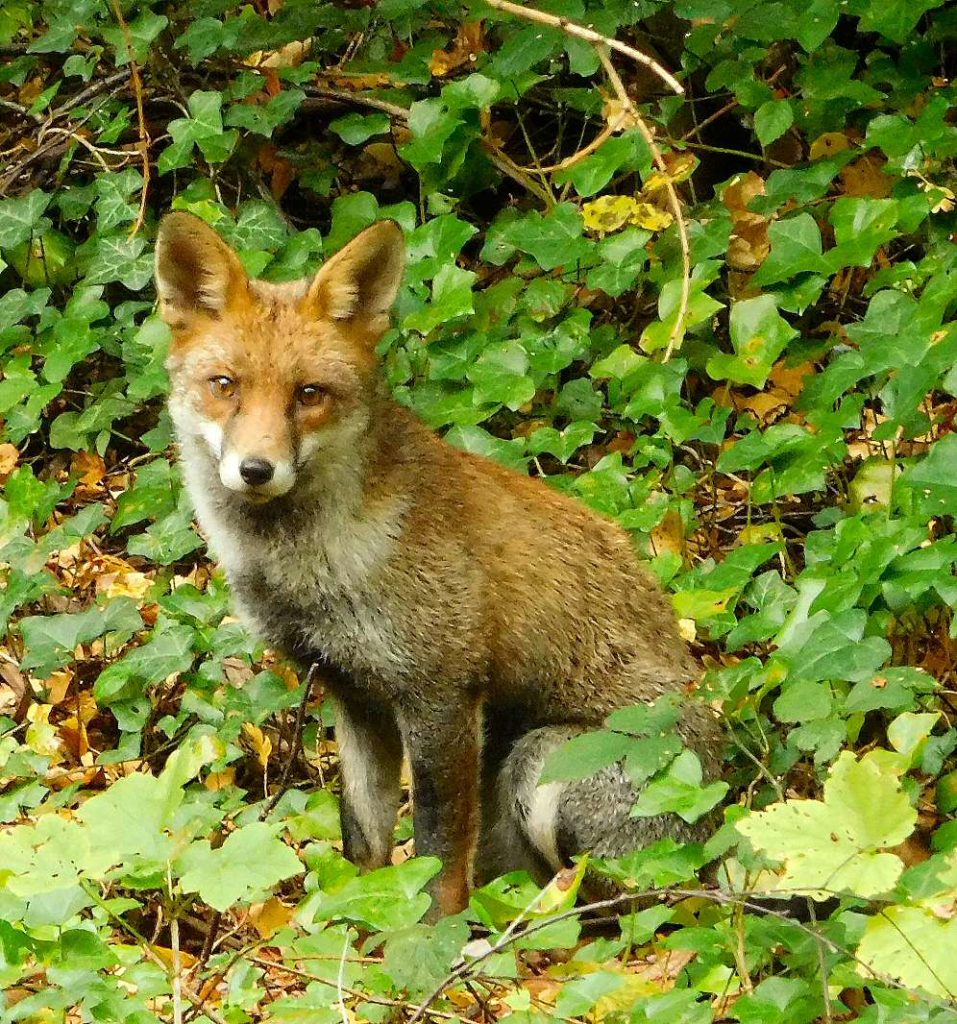
But you’d be wrong. Each leaves distinctive clues in the debris of their dastardly deeds.
How would one tell if the brutal murder was the Butler with Carving Knife in Pantry, or Doctor with Stethoscope Hose in Library? (with apologies to Cluedo) Or rather, Sparrowhawk with Beak and Claw in Mid-air Murder, or Fox with Teeth in Ambush from Shrubbery? Here’s how to be a wildlife detective …
The Sparrowhawk has no teeth; and it doesn’t like to eat feathers. So, it grips each one, and boldly plucks it from the dead prey, leaving whole feathers – the shaft tapering to a point that was once inside the bird’s skin – neatly removed, each in one piece.
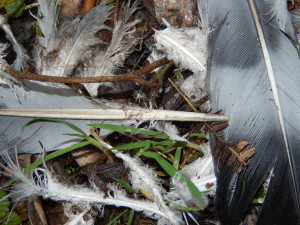
The Fox, however, wastes no time on single feathers, biting off and spitting out fluffy mouthfuls as quickly as he can. They may be bloodied, as below, when the skin gets torn, but the feathers generally have broken shafts.
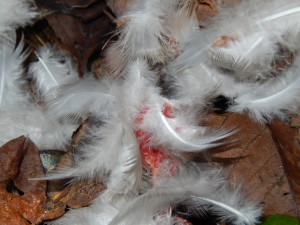
The overall effect is still a blizzard of feathers, all that remains of the ex-Pigeon. But, though the Pigeon is no more, its traces indicate quite clearly whodiddit.
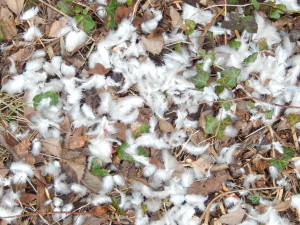
Now you know.
There is a sad little postscript to this tale. Near both murder sites was a scatter of bird-seed. Some kind, well-meaning person, perhaps lonely, perhaps seeking friendship, had put out some food for the pigeons to eat in the cold weather.
Well-meaning, but unwise. The pigeons became accustomed to feeding on the ground … in poor light … without looking about them too much … and fell victim to two keen, hungry, unsentimental predators.

Ragwort is at full height now and will soon be flowering. A few adult Cinnabar Moths are about; they will mate and lay eggs on the ragwort, which is in several places around the reserve, and then we will have the fine black-and-orange banded caterpillars in quantities, eating the Ragwort to pieces. They are poisonous with alkaloids taken up from the plant, so few predators eat them: an exception is the Cuckoo, which seems able to cope with the chemistry.
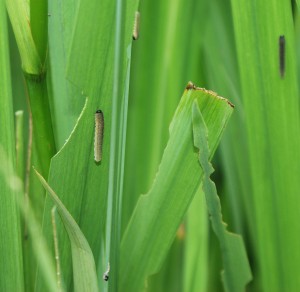
Iris sawfly caterpillars are starting to chew inroads into the spearblades of the Yellow Iris; they are rather like moth caterpillars, but with rows of little dots on their backs and different numbers of prolegs.
It looks as if there are young foxes about; a very well-worn run goes straight up the grassy bank into the bushes, and the grass nearby is much trodden down.
The new buildings towering over the reserve are approaching their final shape; it will be a relief when the roar of heavy engines and the squeal and clatter of caterpillar-tracked bulldozers subside into history. There was a horrible accident on the building site this week when something fell from a crane; three workers were injured, one seriously, and the air ambulance arrived, followed by the health and safety inspectors.